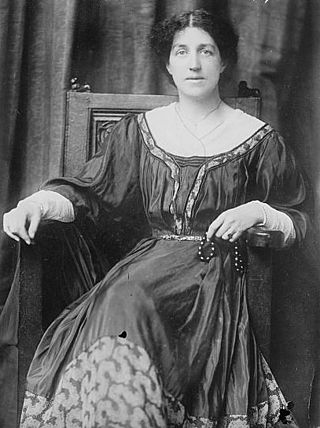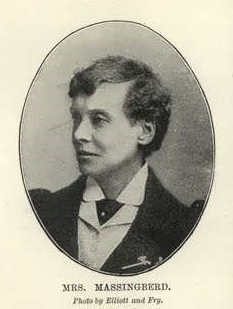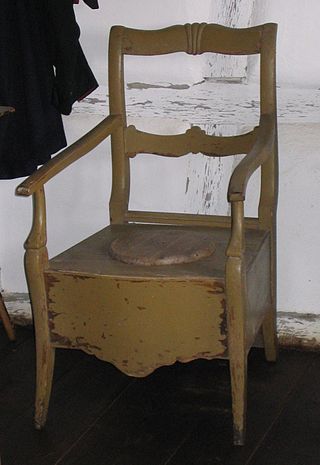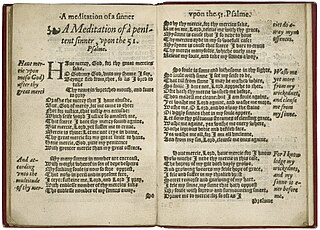Related Research Articles
Thomas Langton was chaplain to King Edward IV, before becoming successively Bishop of St David's, Bishop of Salisbury, Bishop of Winchester, and Archbishop-elect of Canterbury.

Jane Morris was an English embroiderer in the Arts and Crafts movement and an artists' model who embodied the Pre-Raphaelite ideal of beauty. She was a model and muse to her husband William Morris and to Dante Gabriel Rossetti. Her sister was the embroiderer and teacher Elizabeth Burden.

Langtons House and Langtons Gardens are a grade II listed 18th century house and landscaped gardens located in Hornchurch, in the London Borough of Havering, Greater London. The house and gardens became local authority property in 1929 and are currently used as the borough register office and a public park. Langtons House was used as the council offices of Hornchurch Urban District Council from 1929 to 1965.

Mary "May" Morris was an English artisan, embroidery designer, jeweller, socialist, and editor. She was the younger daughter of the Pre-Raphaelite artist and designer William Morris and his wife and artists' model, Jane Morris.

John Lombe was a silk spinner in the 18th century Derby, England.
Jane Randolph Jefferson was the wife of Peter Jefferson and the mother of US president Thomas Jefferson. Born in the parish of Shadwell, near London, she was the daughter of Isham Randolph, a ship's captain and a planter. Jefferson was proud of her heritage and brought customs of aristocracy to her family. Jefferson was revered within her family's household and positively influenced her son, Thomas Jefferson.

The French hood is a type of woman's headgear that was popular in Western Europe in the 16th century.

Fashion in 15th-century Europe was characterized by a surge of experimentation and regional variety, from the voluminous robes called houppelandes with their sweeping floor-length sleeves to the revealing giornea of Renaissance Italy. Hats, hoods, and other headdresses assumed increasing importance, and were draped, jeweled, and feathered.
Mercery (from French mercerie, meaning "habderdashery" or "haberdashery" initially referred to silk, linen and fustian textiles among various other piece goods imported to England in the 12th century. Eventually, the term evolved to refer to a merchant or trader of textile goods, especially imported textile goods, particularly in England. A merchant would be known as a mercer, and the profession as mercery.
Jane Gillson Langton was an American author of children's literature and mystery novels. She also illustrated her novels.

Emily Caroline Langton Massingberd, known as Emily Langton Langton from 1867 to 1887, was an English women's rights campaigner and temperance activist.

A close stool was an early type of portable toilet, made in the shape of a cabinet or box at sitting height with an opening in the top. The external structure contained a pewter or earthenware chamberpot to receive the user's excrement and urine when they sat on it; this was normally covered (closed) by a folding lid. "Stool" has two relevant meanings: as a type of seat and as human feces. Close stools were used from the Middle Ages until the introduction of the indoor flush toilet.

Anne Locke was an English poet, translator and Calvinist religious figure. She has been called the first English author to publish a sonnet sequence, A Meditation of a Penitent Sinner (1560), although authorship of that work has arguably been attributed to Thomas Norton.

Alice Barnham (1523-1604) was an English silk merchant, and a leading figure in the London silk trade from the 1560s onward. She is chiefly remembered for commissioning a family portrait in 1557 which is one of the earliest family portraits of English origins.
Joan or Jane Wilkinson (d.1556) was silkwoman to Anne Boleyn and Lady Lisle and a Protestant reformer. She was a friend of other leading reformers, including Bishops John Hooper and Hugh Latimer. During the reign of Mary I, she became a religious exile, and died at Frankfurt in 1556.

The feudal barony of Hatch Beauchamp or honour of Hatch Beauchamp was an English feudal barony with its caput at the manor of Hatch Beauchamp in Somerset. The site of the mediaeval manor house, to the immediate south of the ancient parish church of St John the Baptist, is today occupied by Hatch Court, a grade I listed mansion built in about 1755 in the Palladian style.

A partlet was a 16th-century fashion accessory. The partlet was a sleeveless garment worn over the neck and shoulders, either worn over a dress or worn to fill in a low neckline.

Adelaide Knight, also known as Eliza Adelaide Knight, (1871–1950), was a British suffragette.
Ellen Langwith was a successful English businesswoman and London silkwoman who was known to provide silk goods to the Royal Court in London.
A silkwoman was a woman in medieval, Tudor, and Stuart England who traded in silks and other fine fabrics. London silkwomen held some trading rights independently from their husbands and were exempted from some of the usual customs and laws of coverture. The trade and craft of the silkwoman was encouraged by a statute of Henry VI of England as a countermeasure to imports of silk thread, and a suitable occupation for "young gentlewomen and other apprentices".
References
- ↑ York, Laura (1999). "Langton, Jane (fl. 15th c.)". In Anne Commire (ed.). Women in World History: A Biographical Encyclopedia . Retrieved 2023-12-13– via Encyclopedia.com.
- 1 2 Dale, Marian K. (October 1933). "The London Silkwomen of the Fifteenth Century". The Economic History Review. 4 (3): 324–335. doi:10.2307/2590651. JSTOR 2590651.